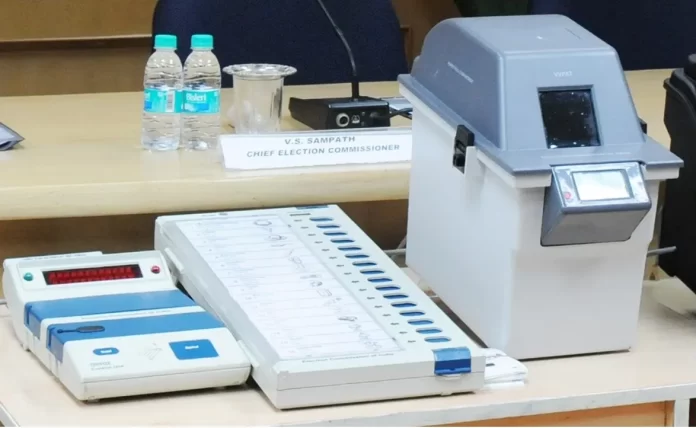Vote counting for India’s highly anticipated Lok Sabha elections of 2024 has commenced, with the ruling Bharatiya Janata Party (BJP) taking an early lead. India has 543 parliament seats. Any party or alliance need at least 272 seats to be in power. After an extensive six-week, seven-phase electoral process, spanning from April 19 to June 1, ballots are now being meticulously tallied to determine the composition of the Lower House of Parliament.
Security measures are stringent as the nation awaits the outcome, crucial for shaping the country’s political landscape. A total of 543 Lok Sabha seats were up for grabs, each crucial in determining representation in the Parliament. To secure governance, any party or coalition must achieve a majority of at least 272 seats.
This year’s election ranks as the second-longest in India’s electoral history, tracing back to the inaugural polls of 1951-52. Anticipation runs high as trends typically begin to surface within the first hour of counting, with definitive results expected by the afternoon.
The process unfolds with the counting of postal ballots preceding that of Electronic Voting Machine (EVM) ballots by 30 minutes, as per electoral officials’ directives.
The BJP has set ambitious targets for itself, aiming for 370 seats, with the National Democratic Alliance (NDA) eyeing a formidable 400-seat mark.
Prime Minister Narendra Modi spearheaded the BJP’s campaign, engaging in a staggering 200-plus public appearances, including rallies and roadshows, underscoring the party’s commitment to its electoral agenda.
In opposition, the Congress party, grappling with electoral setbacks and internal rifts, aligns with the INDIA bloc to challenge the BJP’s dominance. Joint rallies by opposition leaders characterize INDIA’s campaign, embodying a broader ideological contest underlying the electoral fray.
As the nation awaits the final tally, the Lok Sabha elections of 2024 stand poised to shape India’s political trajectory, with each counted vote influencing the nation’s future course.



